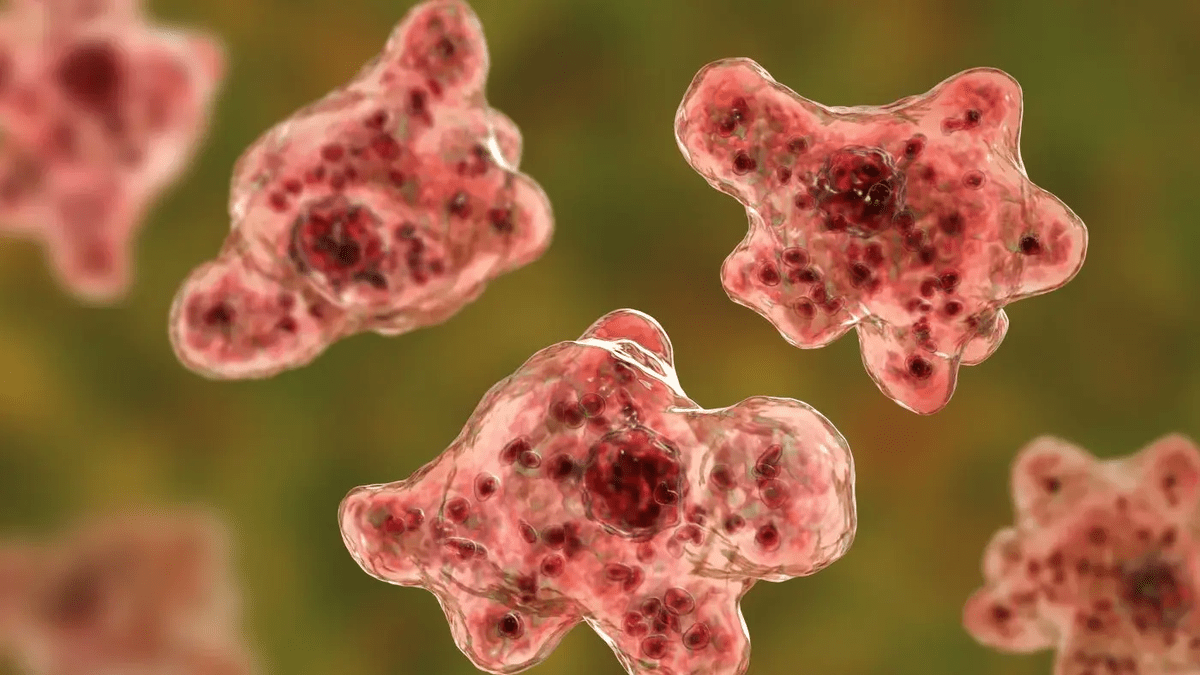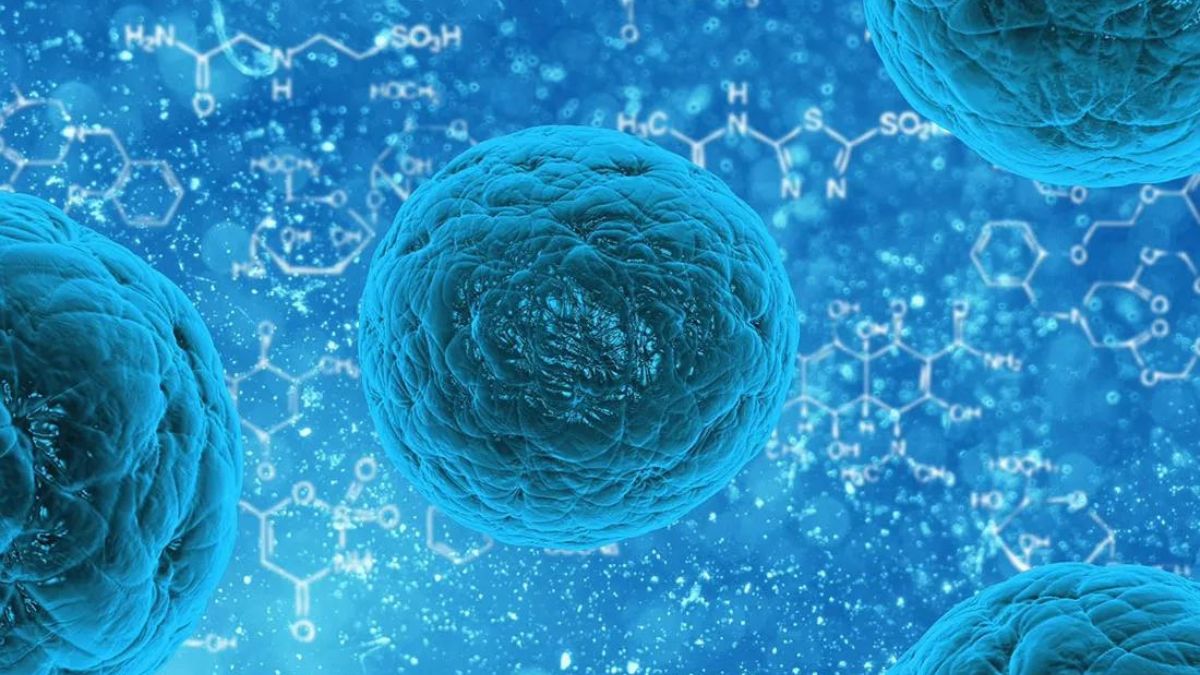
source: The Hill Florida health officials have ...
news-extra-space

 ImageCredit: MD Anderson Cancer Center
Most of these transplants to date have used stem cells obtained from adult donors who have the CCR5-delta32/32 mutation. The woman, however, was a participant in the IMPAACT P1107 trial, a study testing the use of cord blood. Compatible adults with the CCR5-delta32 mutation are an especially uncommon type of donor. Donor stem cell transplants require compatibility between the donor and recipient. However, donor stem cells obtained from umbilical cord blood only need to be a slight match to the recipient, which should make them a more practical choice. That is crucial for racially diverse populations in particular because they are much less likely to find a match in the first place. To increase the likelihood that the procedure would be successful, the doctors also transplanted stem cells from a relative who was only a partial match for the woman; these cells were intended to serve as a temporary stopgap before the other stem cells would completely rebuild her immune system.
Read More: More Gay & Bisexual Men Can Donate Blood: FDA
In August 2017, the woman underwent a transplant. Her HIV levels remained undetectable while she was receiving treatment, although she has since experienced some post-procedure complications (primarily symptomless infections). The decision to completely discontinue HIV treatment was made by doctors about three years later. The woman is still showing no signs of her cancer or HIV infection returning nearly six years after the transplant.
“She is doing well, I must say. She is traveling and having a good time while being HIV and cancer-free,” according to study author Yvonne Bryson, a researcher at the University of California, Los Angeles. Physician-scientists from Johns Hopkins University, Weill Cornell Medicine, and New York-Presbyterian Hospital are also team members.
Sadly, these treatments are not scalable as an HIV cure on their own. Transplanting stem cells is a risky procedure with the potential for serious, even fatal, complications. For some people with leukemia or other similar diseases, these risks outweigh the potential benefits, but not for the average person with HIV, whose condition can be effectively managed with medication.
However, these transplant procedures may very well turn into a two-for-one cure in HIV-positive people who develop these conditions. It is extremely difficult to find compatible donors right now, but if cord blood turns out to be a reliable source of these special stem cells, that should expand the donor pool. According to Bryson, it is also conceivable that ongoing research will one day produce medications that can give people this HIV resistance without requiring a transplant.
ImageCredit: MD Anderson Cancer Center
Most of these transplants to date have used stem cells obtained from adult donors who have the CCR5-delta32/32 mutation. The woman, however, was a participant in the IMPAACT P1107 trial, a study testing the use of cord blood. Compatible adults with the CCR5-delta32 mutation are an especially uncommon type of donor. Donor stem cell transplants require compatibility between the donor and recipient. However, donor stem cells obtained from umbilical cord blood only need to be a slight match to the recipient, which should make them a more practical choice. That is crucial for racially diverse populations in particular because they are much less likely to find a match in the first place. To increase the likelihood that the procedure would be successful, the doctors also transplanted stem cells from a relative who was only a partial match for the woman; these cells were intended to serve as a temporary stopgap before the other stem cells would completely rebuild her immune system.
Read More: More Gay & Bisexual Men Can Donate Blood: FDA
In August 2017, the woman underwent a transplant. Her HIV levels remained undetectable while she was receiving treatment, although she has since experienced some post-procedure complications (primarily symptomless infections). The decision to completely discontinue HIV treatment was made by doctors about three years later. The woman is still showing no signs of her cancer or HIV infection returning nearly six years after the transplant.
“She is doing well, I must say. She is traveling and having a good time while being HIV and cancer-free,” according to study author Yvonne Bryson, a researcher at the University of California, Los Angeles. Physician-scientists from Johns Hopkins University, Weill Cornell Medicine, and New York-Presbyterian Hospital are also team members.
Sadly, these treatments are not scalable as an HIV cure on their own. Transplanting stem cells is a risky procedure with the potential for serious, even fatal, complications. For some people with leukemia or other similar diseases, these risks outweigh the potential benefits, but not for the average person with HIV, whose condition can be effectively managed with medication.
However, these transplant procedures may very well turn into a two-for-one cure in HIV-positive people who develop these conditions. It is extremely difficult to find compatible donors right now, but if cord blood turns out to be a reliable source of these special stem cells, that should expand the donor pool. According to Bryson, it is also conceivable that ongoing research will one day produce medications that can give people this HIV resistance without requiring a transplant.
 Image Credit: Healthcare in Europe
“There may be strategies in the future to make one's own cells resistant, i. e. among other things, gene therapy. —or to use HIV vaccine immunotherapy to reduce viral reservoirs while also treating acquired host resistance,” she said.
One other person has undergone this procedure, but the transplant failed after a year, the authors do note in the paper. The man's cancer came back, and his body was still displaying HIV-related symptoms. To increase its success rate, researchers may still need to find new methods. The challenge of locating and establishing a sufficient supply of these uncommon cord blood donors is another. The team used their current protocol to find 300 units of cord blood that were eligible, which is enough to assist someone who needs a transplant right away. However, they claim that to guarantee a continuous pipeline, communities, and governments will need to support it.
Image Credit: Healthcare in Europe
“There may be strategies in the future to make one's own cells resistant, i. e. among other things, gene therapy. —or to use HIV vaccine immunotherapy to reduce viral reservoirs while also treating acquired host resistance,” she said.
One other person has undergone this procedure, but the transplant failed after a year, the authors do note in the paper. The man's cancer came back, and his body was still displaying HIV-related symptoms. To increase its success rate, researchers may still need to find new methods. The challenge of locating and establishing a sufficient supply of these uncommon cord blood donors is another. The team used their current protocol to find 300 units of cord blood that were eligible, which is enough to assist someone who needs a transplant right away. However, they claim that to guarantee a continuous pipeline, communities, and governments will need to support it.
Leave a Reply






